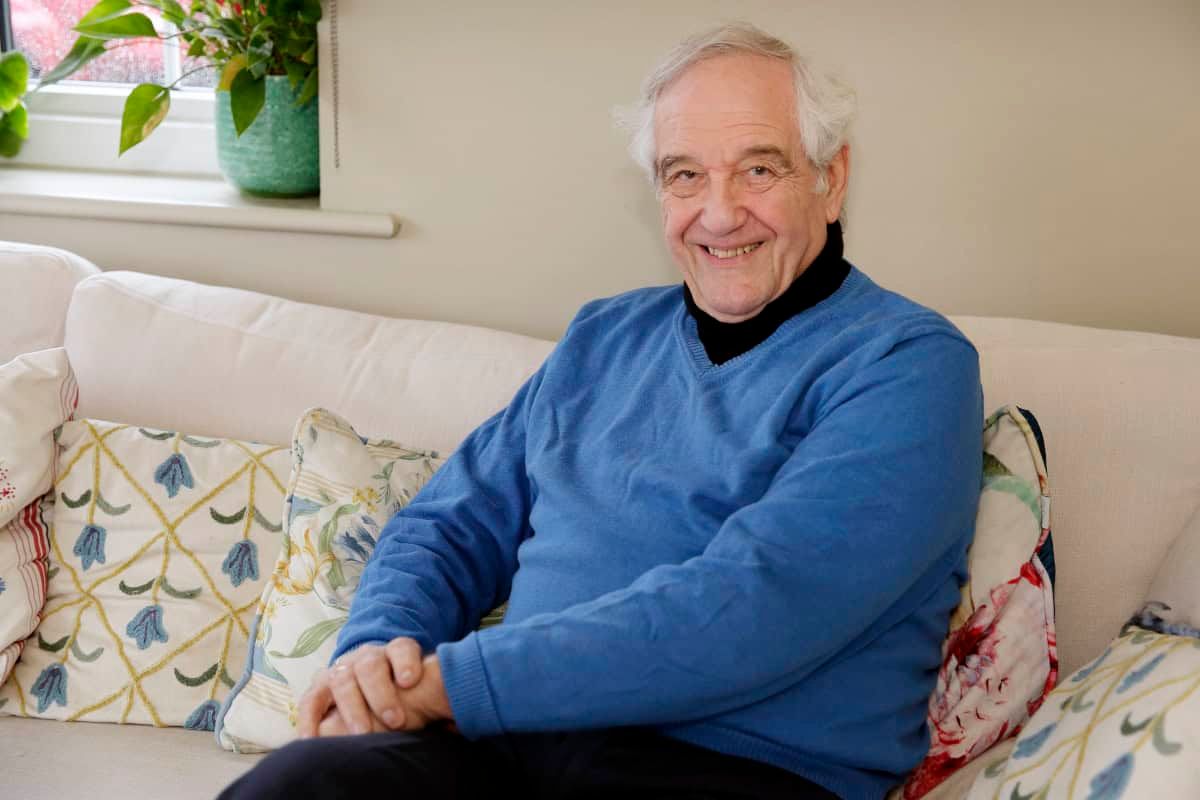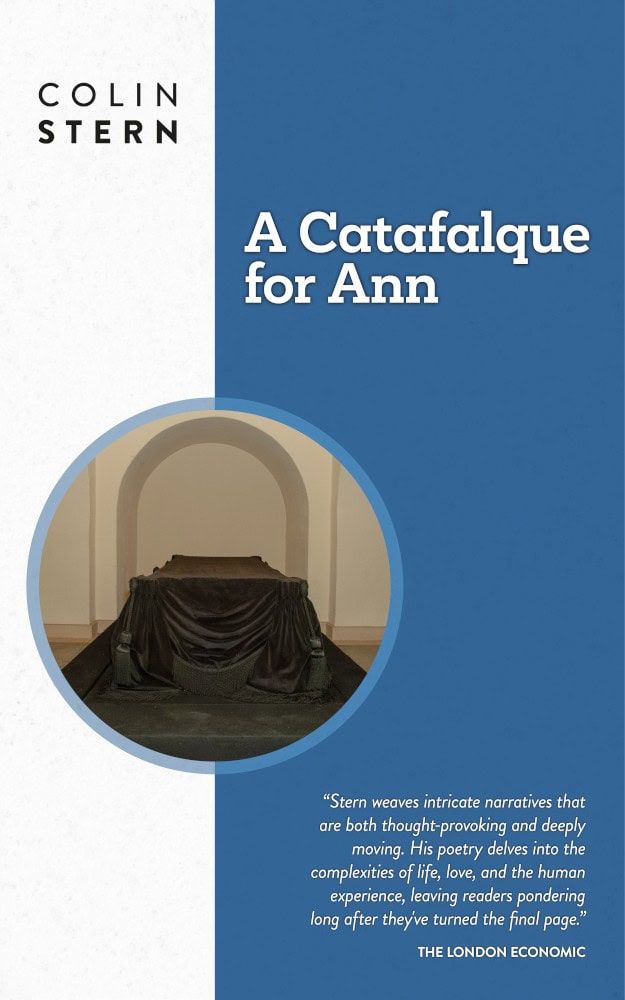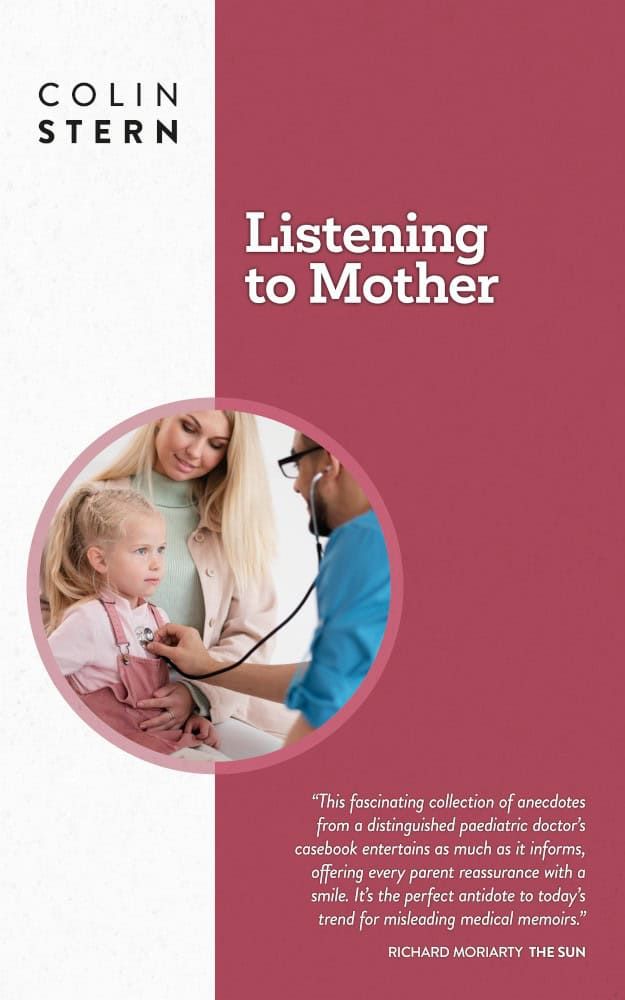Q. Having enjoyed a long and distinguished medical career, what motivated you to become an author?
A. My motivation to write wasn’t new. I wrote a lot as a child and was fortunate enough to face criticism from well-known poets. Medicine is a demanding career and I wrote little until after my wife, Ann, died. This ‘shock’ propelled me back into writing again. It is probably my first ‘love’.
Q. Your first book, A Catafalque for Ann, comprises a collection of moving poems that record your grief healing journey after the loss of your wife. How did poetry help with your healing?
A. In two ways. Firstly, writing down how I felt at the time had a cathartic effect. Secondly, reading them again helped me follow my progress to adjustment. I’m a member of a philosophy group and, one day, they asked me to lead a discussion on grief. Reading around the subject, I learned a lot and this, also, helped my adjustment.
Q. You have also published another collection of poetry, Sailor-y-Pent, which is very different. How did this themed collection come about and what do you think readers will enjoy about it?
A. One day, I wrote a poem about a strange character, ‘Jennifer Jones’, I think. My son-in-law Andrew said, “Write another!”, so I did. After a while, I thought it might be good if these imaginary folk had somewhere to live, so I created Sailor-y-Pent; a kind of poor man’s Under Milk Wood. Then I strung the poems together and made up a long walk through the town, from the harbour to the church on the hill, pointing out these individuals along the way. The characters are extremely varied. I found them fascinating to write about. Andrew thinks it’s a good book to put in the loo!
Q. Your latest book is medical memoir Listening to Mother, which shares some of your more unusual medical cases from your time as a paediatrician. What prompted you to open your casebook, so to speak?
A. Working at St Thomas’ Hospital was unusual. While I had plenty of local referrals, we had referrals from all over the country of children with unusual problems and were seeking answers. Although there were lots of paediatrician colleagues working in subspecialities such as cardiology and neurology, if it was clear into which category a problem fell, I would often see them. This resulted in seeing many peculiar and unusual conditions. I felt it was time to write them down.

Q. What do you think parents will learn by reading the stories of other families’ medical experiences?
A. I hope they’ll be both entertained and reassured. A recently lauded medical book ,This is Going to Hurt by Adam Kay, focusses on medical mistakes and faux pas. My book, I hope, paints a more positive picture of medicine in general and paediatrics in particular. Yes, we make mistakes – I certainly did – but my book focusses upon how doctors help people, on the whole. I hope that those who read it will find it entertaining as well as instructive.
Q. Your children’s book Never-my-name and Isn’t-my-name came about by special request. Tell us more …
A. This is my only ‘commissioned’ poem! Jemima, one of my grandchildren then aged about nine, asked me to write a poem with a dragon in it. Why I decided to have fairy twins as well, I have no idea. When I first met my illustrator, Emily Luke, I let her choose any poem to try out. She chose Never-my-name and Isn’t-my-name. Emily did a wonderful job and we are about to start our third collaboration.
Q. You write in a number of genres. What is the one writing rule that you follow and which applies to every book, regardless of genre?
A. Flow. The more natural language seems, the better it is to read. I will go back and re-write something if I don’t like the flow of the language. This is especially the case with verse. I can, and have, written free-form verse, but I prefer to write poems that rhyme and scan. Free-form poetry can be lovely but, too frequently, it’s an excuse to write something either that might as well be prose, except that it has been spaced on the page to be verse, or it’s just not very good. Personally, I think most ordinary people expect a poem to rhyme and scan. Free verse seems to me to satisfy poets but not necessarily the public.
Q. As a poet, your style would be classed as quite traditional in form. Why does this approach resonate with you?
A. I’ve always found it easy to write in this style. As I’ve just pointed out, really good free verse, like that of T. S. Eliot, is extremely hard to write. Also, I love the effort required to make something that rhymes, scans, and feels natural. Comic and nonsense verse is, I think, much more effective in rhyming couplets; for example, witness poets like Hilaire Bellow and Edward Lear.

Q. Who are your favourite authors and what have you learned from them?
As a child, I met T. S. Eliot, Siegfried Sassoon, Louis MacNeice, and John Betjeman, all heroes of mine today. My taste in authors is very wide. from Rudyard Kipling to WH Auden, from Virginia Woolf to Kasuo Ishiguro, from Ernest Hemingway to Samuel Beckett. If there is a page with writing on it, I’ll read it and only put it down if it’s poorly written. I owe everything I have written to them and to the fact that I read them, mostly, when I was quite young.
Q. What can readers expect from you next?
A. I am writing verse all the time, much of it not very good, by my lights! The better one I will post on my website. There are three books in the final stages of preparation. A book of verse, entitled The Disappearing Dodo and other Obscure Avians, a collection of children’s verse called A Children’s Charivari, and a children’s saga, The Rainbow Mace.
All of Colin Stern’s books – Listening to Mother, A Catafalque for Ann, Never-my-name and Isn’t-my-name, and Sailor-y-Pent – are published through Brown Dog Books and can be purchased on Amazon. Visit www.ColinStern.co.uk
Exclusive Extract from Listening to Mother
Here we present an exclusive extract from Colin Stern’s medical memoir Listening to Mother, which presents some of his more unusual and memorable cases as a paediatrician. In this anecdote, he recalls his encounter with a baby with a strangely musical malady.

Sally
Children often present with problems with their breathing and we classify them in particular ways.
A common type that makes mothers very anxious is stridor. This is a loud noise while the child breathes in. In small children it is usually caused by a virus and is called croup.
Sometimes epiglottitis is cause by a bacterium called Haemophilus influenzae and that’s a serious problem. This inflammation of the epiglottis, which overhangs the entrance to the trachea at the back of the throat, makes it swell, so that it partially blocks the airway and, on breathing in, the obstruction is worse; hence the stridor.
Normally, when you swallow, it folds over the top of the tracheal entrance, to prevent you inhaling food or drink.
Sally Weston was brought to our Children’s A&E with stridor. She was nine months old and her mother had gone to pick her up after an afternoon sleep to find her making this loud noise when she breathed.
Panicking, she scooped her up and brought her in. Sally was obviously anxious and breathing quickly.
The paediatric team found that she didn’t have a fever, so assumed that it was croup. They gave her a single dose of a steroid, called dexamethasone, and admitted her for observation.
I saw her on the ward next morning, when she was still stridulous. However, the noise was a bit odd. It sounded to me too musical to be proper stridor. In addition, Sally was smiling up at me, obvious not in the least distressed.
There was a latex teething giraffe in the cot. I picked it up.
‘It’s her favourite,’ said Amanda Weston, her mother. ‘She chews on it a lot, though.’ It was certainly well-used.
I bent closely over Sally. She smiled again.
‘Could I have a pair of fine forceps, please?’ I asked. The staff nurse looked puzzled, but trotted off to find some.
‘What do you want those for?’ asked Dr Wilson, my registrar. I didn’t answer him. The nurse returned with the forceps. I bent over Sally again and applied them gently.
Magically, the stridor disappeared. I confess that, sometimes, I like a bit of theatre.
‘What did you do?’ cried Amanda Wilson. The team looked startled.
I held up the forceps. I was gripping a small silvery disc with them.
‘I thought the noise didn’t sound quite natural and, when I leant over, I could see something bright in Sally’s right nostril. It’s the squeaker from her giraffe! She must have accidental removed it and it got stuck up her nose.’
I told the A&E team about it, because I thought perhaps they hadn’t looked at her carefully enough. It was the easiest cure for ‘croup’ I’ve ever employed.

